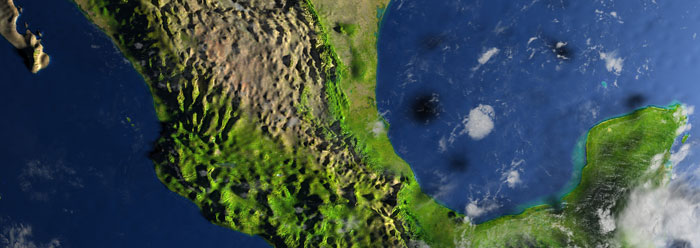Several varieties of spiny lobsters exist throughout the world’s oceans, and they all have an ability to navigate. Experiments in 2003 concluded that they orient themselves by accessing an internal map of local magnetic anomalies, or tiny fluctuations in the earth’s magnetic field.1 When a Finnish computer programmer read about this, he began designing a similar system for use in robots.
Janne Haverinen provided a magnetic map of a local hospital corridor to a mobile robot. The robot was able to successfully navigate the hall using only the magnetic anomalies that characterized that building.2
Magnetic mapping technology could provide an alternative to other methods of navigation such as “indoor GPS,” where robots navigate by constantly triangulating their position relative to fixed radio beacons. UK robotics expert Chris Melhuish told New Scientist that “you could use a system like this, if it’s proven to work, to boost your confidence in a robot by using it in conjunction with, say, vision-based navigation.”3
Lobsters already have vision, but if the waters become too murky, the creatures can still find their way around with their internal magnetic map. So, it appears that lobsters are well suited to their marine world, as though they were ingeniously designed for just such a habitat.
Haverinen’s robot, which itself contains metal parts, requires that its magnetometer be suspended on a rod away from its body. This way, its own magnetic effects do not interfere with the detector and the robot can successfully navigate using a magnetic map. This contrasts with the lobster’s elegant design. The structure and operation of the lobster magnetometer is not fully known, but it is tiny, effective, and fully integrated into the creature’s body.
This testifies to the genius of the Creator, who made every “creeping thing.”4 If years of effort, planning, and foresight were required to make a rudimentary copy of a lobster’s miniaturized and complete magnetic navigation system, then how much greater is the engineering skill of God, who actualized His plan in a brief moment when “he spake…and it stood fast”?5
References
- Boles, L. C. and K. J. Lohmann. 2003. True navigation and magnetic maps in spiny lobsters. Nature. 421 (6918): 60-63.
- Haverinen, J. and A. Kemppainen. Global indoor self-localization based on the ambient magnetic field. Robotics and Autonomous Systems. Published online before print July 26.
- Marks, P. 2009. Lobsters teach robots magnetic mapping trick. New Scientist. 2723: 22.
- Genesis 1:24.
- Psalm 33:9.
* Mr. Thomas is Science Writer at the Institute for Creation Research.
Article posted on September 11, 2009.










